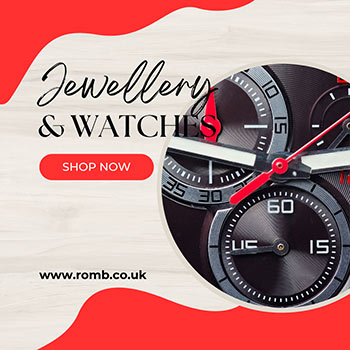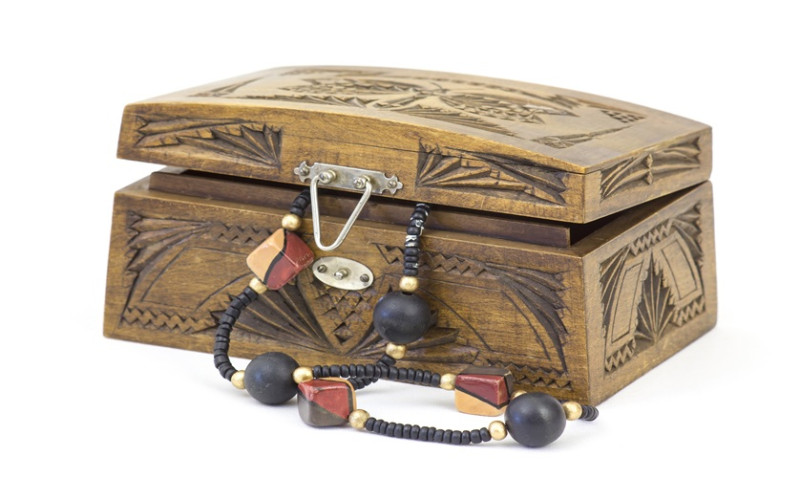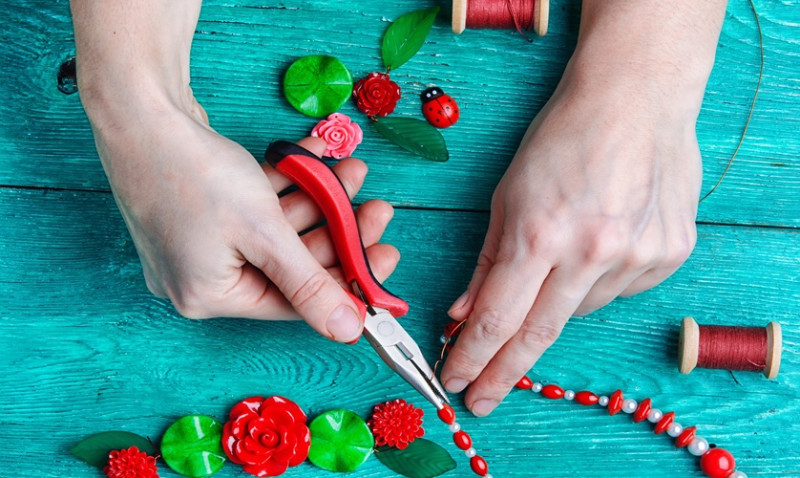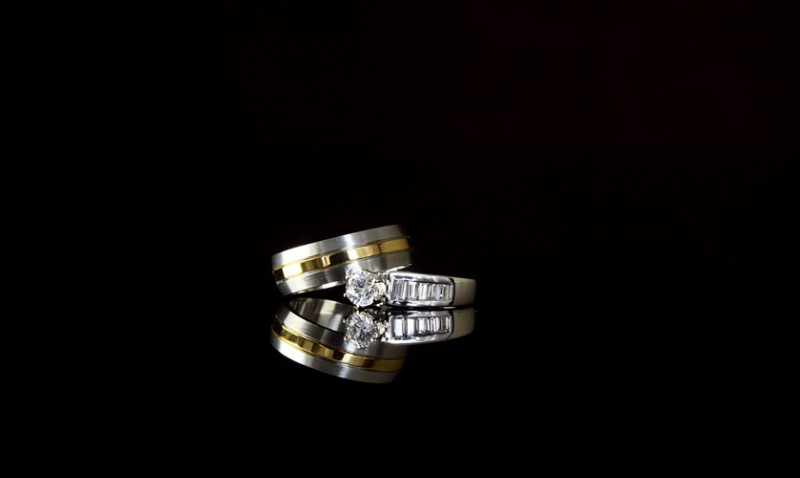
Running a successful jewelry business in the highly competitive market of the United Kingdom requires more than just stunning products. Whether you're crafting your own handmade pieces, managing a high street boutique, or working the counter as a passionate salesperson, knowing how to effectively present, promote, and sell jewelry is critical to your long-term success. In this blog, we’ll share practical tips and expert-level tricks to help jewelry business owners and sales professionals boost their sales, enhance the customer experience, and strengthen their position in a saturated market.
1. Know Your Product Inside and Out
Customers are investing not just in the sparkle of jewelry, but in its story, craftsmanship, and value. It's essential to understand each piece you're selling — not just the materials used, but the inspiration behind the design, how it was made, and its unique features.
Spend time learning about different metals and gemstones, what influences their price, their care instructions, and their durability. Shoppers — especially young professionals and designers — appreciate expertise and often ask detailed questions to validate their purchasing decisions.
For custom-made or artisanal pieces, storytelling becomes even more vital. Share background details about the maker, the process, or the origin of gemstones. These narratives elevate the perceived value of your pieces and build a stronger emotional connection with your clients.
When presenting to trade professionals such as interior designers or stylists sourcing jewelry for photo shoots or staging, show them how your pieces can tell a visual story or convey a particular mood or theme.
2. Master the Art of Visual Merchandising
In today’s digital-first world, your storefront is only half the battle — your displays, both in-store and online, play a significant role in enticing buyers. Jewelry is a highly visual product, and well-styled, high-quality displays significantly influence purchasing decisions.
In physical stores, use soft lighting strategically to enhance the brilliance of diamonds and metals. Rotate popular items to different display spots to maintain a fresh layout and prevent showroom fatigue. Placing jewelry near complementary items like mirrors, scarves, or perfumes can help customers envision the complete experience.
For online sales, invest in professional product photography. Use neutral backgrounds to make the items pop and include multiple angles plus lifestyle shots that show scale and potential styling ideas. Video clips showcasing how the jewelry catches light in real life are highly effective for driving online engagement.
Ensure your website is mobile-friendly. Many customers — especially young professionals on the go — browse and buy from their phones. Your visuals must be optimised for all screen sizes.
3. Optimise for SEO to Attract the Right Audience
Many small jewelry businesses overlook SEO, but it’s key to standing out online — especially in a market like the UK where consumers are searching for everything from minimalist earrings to handmade engagement rings. Identify keywords that your target audience is actually searching for, and incorporate them naturally throughout your website.
Use location-specific keywords to appeal to UK-based shoppers (e.g., "sustainable jewellery UK" or "custom gold necklaces London"). Don’t forget to optimise product descriptions, blog posts, image file names, and meta-tags with relevant search terms.
Create rich blog content that targets long-tail keywords, such as "best gemstone rings for architects" or "minimalist jewelry for professional women in the UK." These longer and more specific phrases tend to have lower competition and higher conversion rates.
Consistently posting valuable blog articles, styling tips, or guides also improves site authority and increases user time on your website — both important factors for Google rankings.
4. Personalise and Build Trust with Every Interaction
Customer service is king in the jewelry business. Each piece holds personal value, so shoppers expect a personalised experience. Greet customers by name, remember past purchases if possible, and tailor your product suggestions to individual tastes.
Offer complimentary consultations, whether in-store or online, to discuss needs, style preferences, and budgets. A one-on-one approach turns browsing into buying and builds loyalty that keeps customers returning for future gifts or milestones.
Transparency also builds trust — provide certificates for gemstones, be upfront about pricing, and offer clear warranty or care information. A professional yet friendly tone reassures the buyer about the quality and authenticity of your items.
Collect and proudly display reviews or testimonials from happy customers. Particularly in the UK, where recommendations from peers or professionals are highly valued, displaying social proof can make a massive impact on sales.
5. Collaborate and Network Within the Community
Create local partnerships with complementary businesses like florists, stylists, interior designers, or fashion boutiques. Hosting shared pop-up shops or promoting each other on social media can increase exposure to new but relevant customers.
For DIY enthusiasts and craftsmen, consider offering small workshops on basic jewelry care, maintenance, or even simple jewelry-making classes. These experiences build community and promote your pieces in a hands-on, meaningful way.
Architects and tradespeople might be looking to source luxury jewellery as gifts or incentives for clients — offering a trade discount or creating a corporate gift collection may open new revenue opportunities.
Attend trade fairs, art markets, and networking events across the UK. Face-to-face relationships still matter, especially in luxury or bespoke sales. Keep a portfolio or lookbook handy for those on-the-go presentations.
6. Use CRM Tools to Track and Grow Customer Relationships
Customer Relationship Management (CRM) software isn’t just for big corporations. Even small jewelry businesses can benefit from tools that help keep track of past purchases, birthdays, anniversaries, and style preferences.
Send personalised offers around important dates or seasonal promotions. If you know your client bought a bracelet last winter, you can recommend complementary items or matching earrings during the next campaign.
Segment your email list for more targeted marketing. Send different messages to design professionals looking for luxury gifts than you would to young DIY enthusiasts shopping for affordable everyday wear.
This level of personalisation leads to higher engagement rates, better customer retention, and increased lifetime value per customer — all of which are essential for long-term sustainability.
7. Stay Ahead of Trends Without Losing Your Identity
Jewellery trends evolve quickly, fueled by fashion, pop culture, influencers, and social media. Keep an eye on industry trends through trade journals, seasonal runway shows, and Pinterest trends reports.
However, don’t chase every fad. Instead, find a way to interpret trends while staying true to your brand. For instance, if beaded jewelry is trending but your aesthetic skews high-end, consider using semi-precious beading in elegant designs.
Offering a customisation option allows customers to stay on-trend within your design framework. This appeals especially well to younger, style-savvy shoppers who want something unique yet fashionable.
Make sure that any new trend you introduce fits the tone of your brand and delivers the same level of craftsmanship and quality your customers expect.
Final Thoughts
The UK jewelry market is competitive but continues to grow, fueled by shifting fashion trends, e-commerce, and demand for personalised, meaningful pieces. By focusing on customer experience, adopting technology, and leaning into your brand story, you can build a jewelry business that not only survives — but thrives.
Whether you’re a store owner on the high street or a craftsperson working from your home studio, implementing these tips can help you sell smarter, connect deeper with your audience, and build a loyal client base that cherishes your creations for years to come.






